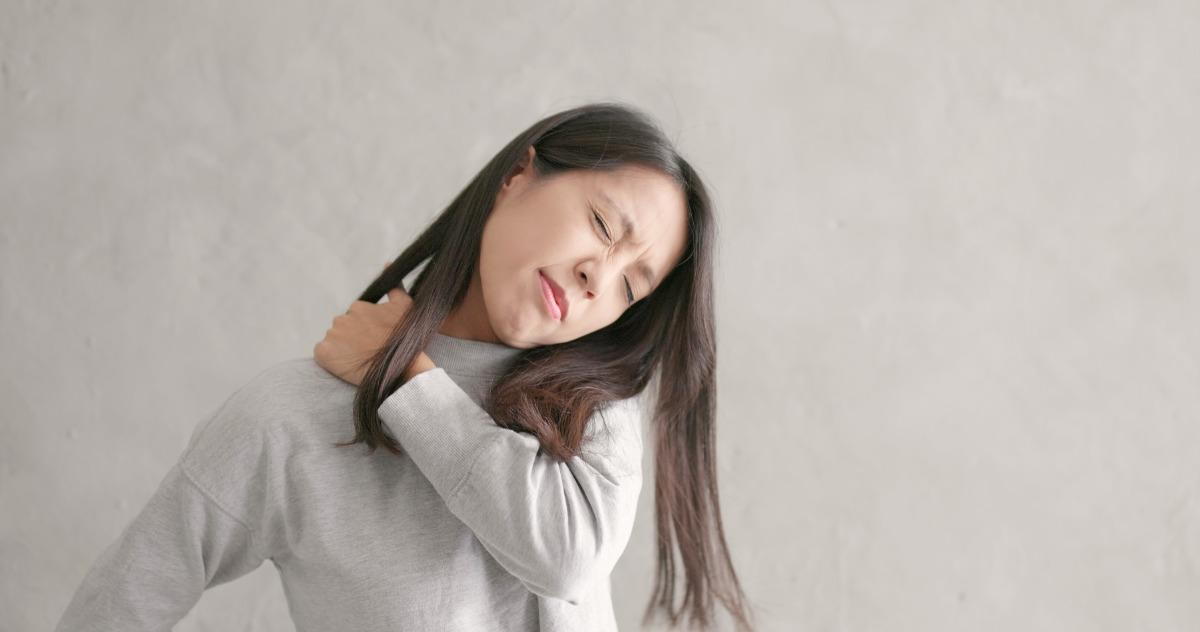
The labrum is the soft ring of cartilage around your shoulder socket. Trauma, repetitive motions, and age-related wear can cause a tear in this cartilage—known as a labrum tear or SLAP tear. Shoulder labrum tears are common among athletes who play overhead or collision sports, like basketball, wrestling, and volleyball. But they can also be caused by a fall or a hard blow to the shoulder.
If your shoulder is sore and you don’t know why, you may be experiencing this condition. To help you find the care you need, here are five common symptoms that can indicate a shoulder labrum tear.
Symptom 1: Pain when performing overhead motions
If you’re living with a labrum tear, it’s common to experience pain during overhead motions. You might have felt it for the first time when serving a volleyball or tossing the pigskin back and forth, or in the home when reaching for something from a high shelf. If this is more than just a one-off twinge, then your shoulder may have sustained an injury.
Symptom 2: Ache inside the shoulder
Pain from a labrum tear often feels like a deep ache. Depending on where your injury is, you may feel pain in the front of the shoulder (involving the biceps tendon), or in the back of the shoulder. Patients commonly feel pain during daily activities, and sometimes while trying to sleep at night.
Symptom 3: Popping, grinding, or locking in the shoulder
When you move your shoulder, you may hear a popping or grinding sound. Or it may feel like the shoulder is catching or locking. After it pops, your shoulder may ache for several hours.
Symptom 4: Looseness or weakness
Your shoulder may also feel loose or out of place. Maybe you feel like your shoulder is slipping when you perform certain movements, or perhaps you simply notice that your shoulder strength has gone down. This can make lifting weights and other heavy objects incredibly difficult.
Symptom 5: Limited range of motion
After a labrum tear, many patients experience a loss of their full range of motion. If you’re an athlete, you may experience a decreased throwing distance or pitching speed. If you’re not, it may just be more difficult to move your arm in all the usual directions.
Find the care you need to recover from a labrum tear
If you think you may have a labrum tear, the first step is seeking out a diagnosis. If your case is mild, you may simply need rest, anti-inflammatory medication, and physical therapy. In more serious cases, it may take surgery to return your shoulder to its full range of motion.
At the Spine & Joint Center, we treat labrum tears and other joint injuries using the latest technology and alternative treatment methods. Our minimally-invasive procedures have proven effective for many patients, helping them experience a decrease in pain and improving their range of motion. Contact us today to find out more.
